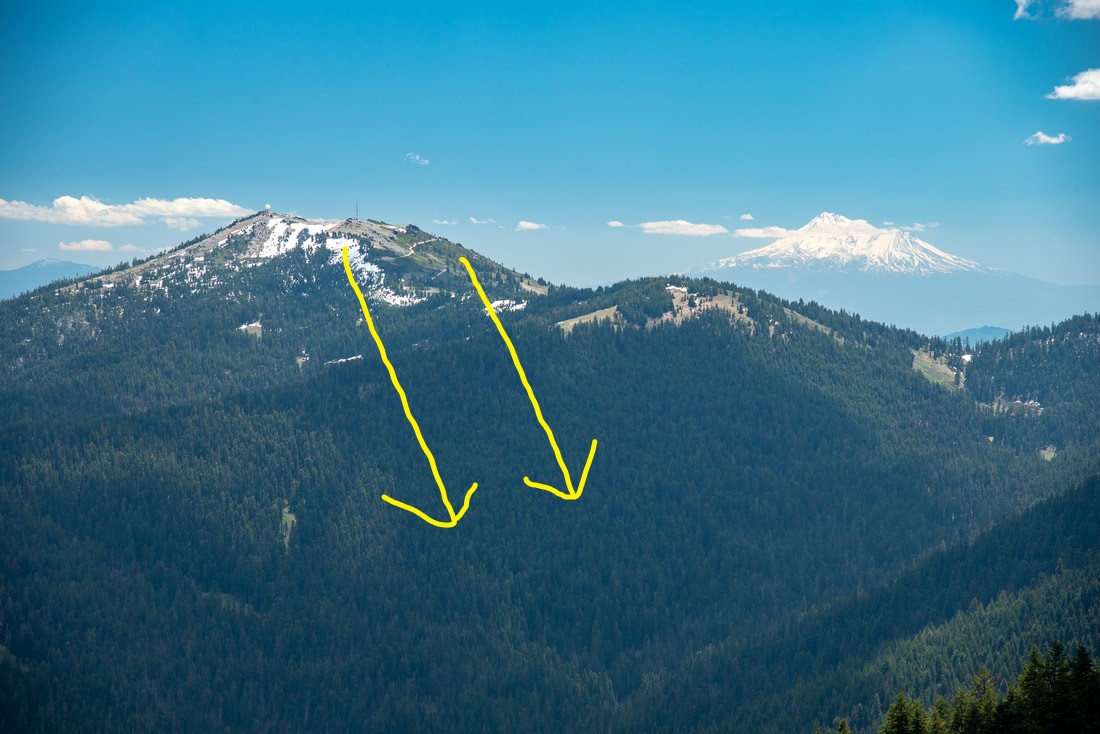by Christina Ammon (www.footlooseintheapplegate.com)
Before the pandemic, I mostly spent my winters away from the Applegate Valley, in places where bougainvillea grows. That bright, sun-loving vine seems a harbinger of flipflops and warm winter getaways. While the places I traveled were wildly different—Mexico, Spain, Nepal and Morocco— all had this radiant plant in common. On arrival, I’d catch my first glimpse of those cascading magenta, tangerine and salmon pink blooms, and my heart would bloom alongside.
Now, I did hear rumors of abundant wintertime sunshine back in our very own valley. Matt Sorensen, the owner of LongSword winery, once told me his forearms tanned when he pruned his vineyard in January. Someone else mentioned that commercial airline pilots referred to our area as “the hole” for the way it remains clear—even while being circled by clouds.
I didn’t quite believe it: How could our valley be so different from nearby Jacksonville or Grants Pass?
Then the pandemic struck and I had to cancel all my Deep Travel writing workshops. I’d have to forgo all those bougainvillea-filled places and spend my first real winter at home in over a decade. I was happily surprised to discover that the rumors were true: there must have been 30-plus more days of sunshine in our valley that winter than in our surrounding towns.
There were many days when I would drive away from Ruch on a bluebird day to take my Jacksonville woodlands walk, and then at Cady Road, encounter an entirely different weather universe! A wall of freezing fog would engulf my car and the temperature would drop 20-degrees. Usually, I’d alter my plans, and head up Sterling Creek Road instead. I’d put my sun hat on and hike the East Applegate Ridge Trail.
I wanted to understand this phenomenon, and so got in touch with Greg Roberts from the well- known RogueWeather blog. After following his Facebook posts for years, I credit him with turning a lot of everyday people into weather geeks. Anyone who follows him closely will find themselves fluent in the language millibars, high-pressure ridges, and inversion layers. His easy explanations make the technical seem accessible, and the ever-changing nature of weather seem a little less random
But back to “the hole” over the Applegate, he explained the effect: Wind pours down off of Mount Ashland to Wagner Butte and then gets compressed and intensified by our narrow valley. This strong “downdraft” has a scouring effect –pushing out all potential for fog in our area. “It’s like a big wind funnel,” he explains. Fog needs moisture and still air to form and these scouring winds eliminate both. The winds also have a drying effect. The humidity difference on either side of Jacksonville Hill is dramatic: it can be 70- percent humidity on the Jacksonville side and 30-40 percent humidity on the Applegate side.
A similar phenomenon occurs on the other side of the valley, where the air mass coming in from Grants Pass gets backed up by these winds—often around the tight valley turn around Humbug Road, but sometimes closer to Murphy.
I’m now glad to spend my winters in this Southern Oregon paradise under the sunny Applegate “hole.” Sure, it’s not the same as drinking margaritas in a beach-lounger, but sometimes I’m found in January drinking a Chardonnay in my yellow Adirondak chair. I even wore flip flops the other day.
As for the bougainvillea, Greg informed me that Jackson County is officially designated a Mediterranean climate. I like the sound of that. Maybe I’ll try and grow some in my yard this year.
www.footlooseintheapplegate.com


